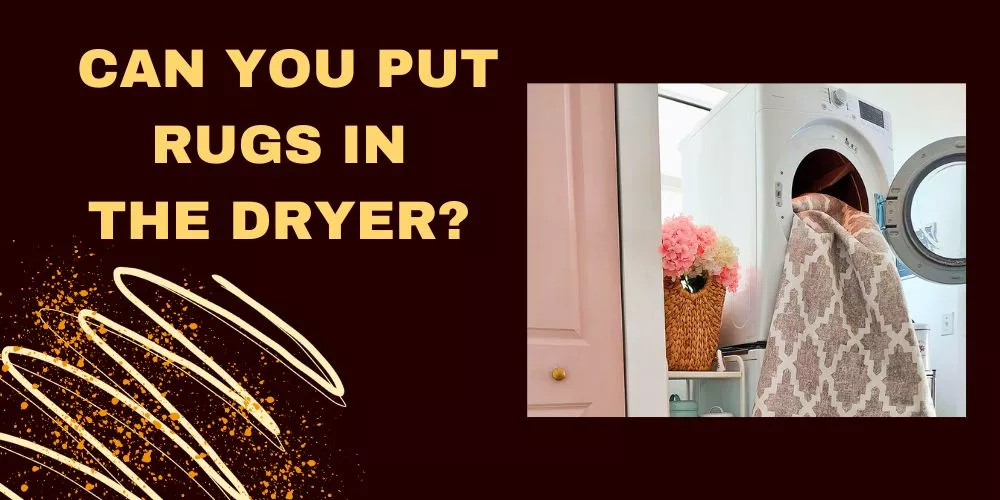Vinyl windows are a popular choice for homeowners due to their durability, energy efficiency, and low maintenance.
However, the occasional paint spill or splatter can ruin their pristine appearance.
This article will guide you through an effective and safe process to remove paint from vinyl windows, ensuring that they remain in excellent condition without causing any damage.
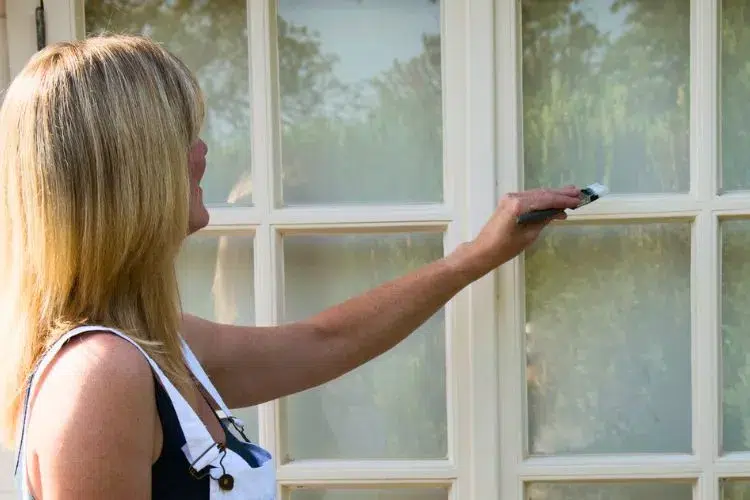
Follow these simple steps and discover the best techniques to tackle even the most stubborn of paint stains!
Quick Recommendations
Last update on 2024-06-18 / Affiliate links / Images from Amazon Product Advertising API
How to remove paint from vinyl windows?
You can utilize a variety of materials and methods to remove paint from vinyl windows.
Here are some effective strategies:
- Warm Water and Soap: This is the most simple method, using materials readily found at home. Mix warm water with some dish soap, dip a soft cloth into the solution, and gently scrub the paint-stained areas.
- Plastic Putty Knife: This device can be used to scrape off larger sized paint spills. While the edge is sharp enough to remove the paint, it won’t scratch your vinyl windows.
- Cleaning Eraser (Magic Eraser): These have fine scrubbers and a cleansing agent, allowing you to tackle hard-to-remove paint stains without causing damage.
- Nail Polish Remover (Acetone): Acetone is more potent and may be used for stubborn or dried paint. You should first test on a non-visible part of the window, as it may discolor the vinyl.
- Commerical Paint Remover: Commercial paint removers can be used for more severe cases. They contain chemicals designed specifically to breakdown paint without causing damage to the vinyl. As with all chemical solutions, you should first test it to ensure it doesn’t discolor the vinyl.
Always remember to rinse your windows after cleaning with warm water to remove any remaining solution. Finally, gently dry with a clean, soft cloth to prevent water spots and streaks.
Note: Always wear protective gear such as gloves and goggles while using chemically potent materials like acetone or commercial paint removers.
Using a Plastic Putty Knife
A plastic putty knife is a handy tool for removing larger spills of paint from vinyl windows.
Essentially, it’s a scraper made from plastic with a handle and a flat edge.
The edge is sharp enough, allowing you to carefully scrape off the paint while being gentle enough not to scratch or damage the vinyl underneath.
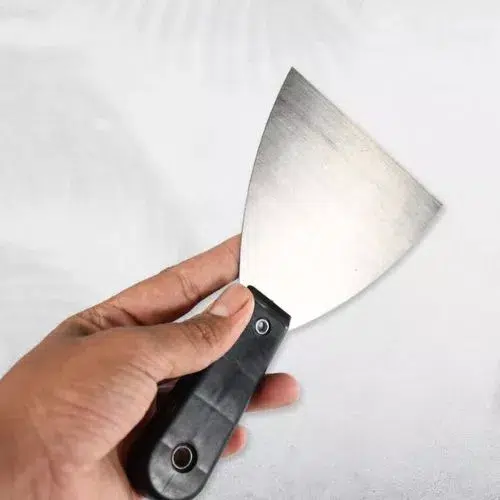
Here’s how to use it:
- Position the flat edge of the knife at an angle to the window surface with the paint spill.
- Apply gentle pressure and start scraping the paint off. Try to scrape in a direction away from you for better control and safety.
- Be patient and careful. Do not force the knife or use it at a perpendicular angle to avoid possible damage to the vinyl.
- Once you’ve removed most of the paint, clean the window with a cloth soaked with warm soapy water to remove any leftover paint and dust.
Using a Cleaning Eraser
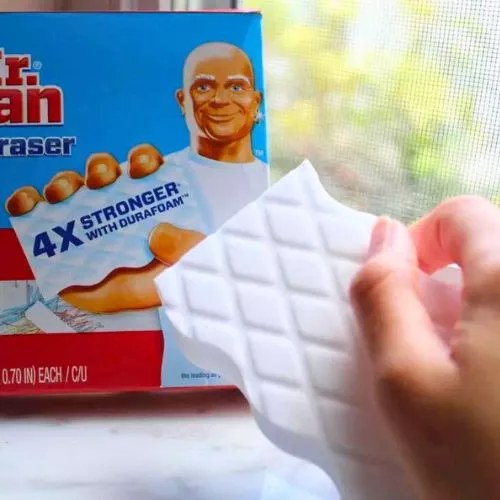
A Cleaning Eraser, often called a Magic Eraser, is an effective tool for dealing with hard-to-remove paint stains thanks to its fine scrubbing surface and a mild cleaning agent.
You can easily use this to remove paint from vinyl windows effectively without any trouble or hassle.
Here’s how to use a Cleaning Eraser:
- Wet the magic eraser with a bit of warm water. Squeeze out any excess water to prevent dripping.
- Gently buff the paint stained area. The texture of the eraser will help to remove the paint without scratching the vinyl.
- Frequently rinse the eraser in warm water to clean off the loosened paint and to keep the eraser functioning effectively.
- After you’ve removed the paint, rinse the cleaned area with warm water and dry it with a clean cloth to prevent water marks.
Remember, it’s important to maintain a gentle touch and have patience while using either method to ensure the best results and prevent any potential damage to your vinyl windows.
Using Nail Polish Remover (Acetone)
Nail Polish Remover, typically containing acetone, is a powerful solution that can also help removing stubborn or dried paint from the vinyl windows.
However, due to its potent nature, caution is required when using it.

Here’s how to proceed:
- Begin by testing the nail polish remover on a small, unnoticeable part of the window. This is to ensure it does not cause any discoloration or damage to the vinyl.
- If the test spot shows no adverse impact, dampen a soft microfiber cloth or sponge with the acetone.
- Gently rub the stained area in a circular motion. Be careful to avoid hitting the window frame or any rubber seals, as acetone may cause them to deteriorate.
- Once the paint loosens or dissolves, use a clean, wet cloth to wipe down the area and remove any residual acetone.
Using Commercial Paint Remover
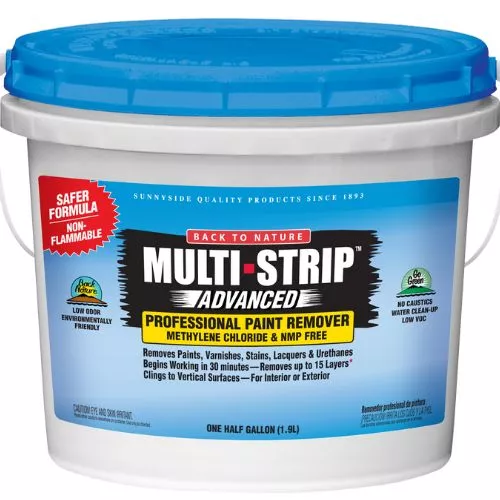
Commercial paint removers are made specifically for removing paint, and they can come in handy for more severe or aged paint stains on vinyl windows.
They are designed with chemicals that can breakdown paint particles without damaging the vinyl surface.
Here’s how to use a Commercial Paint Remover:
- Choose a commercial paint remover that is suitable for vinyl surfaces. Always read the manufacturer’s instructions for optimal use and safety guidelines.
- First, test the product on an inconspicuous part of your window to ensure that it does not discolor or damage the vinyl.
- Apply the commercial remover on the paint stain, using a brush or sponge, and let it sit for the time recommended by the manufacturer.
- Scrape off the loosened paint gently using a plastic putty knife or wipe off with a clean cloth.
- After the paint is removed, be sure to rinse the surface thoroughly with warm water and dry it properly to prevent any residue from lingering on the surface.
It’s essential to remember to wear protective gear like gloves and safety glasses when working with these types of chemicals, and always provide good ventilation in your working area.
Using Warm Water and Soap
Utilizing warm water and dish soap is the simplest and most accessible method to remove paint from vinyl windows.
This straightforward approach is eco-friendly, gentle on the surface, and ideal for mild to moderate paint stains.
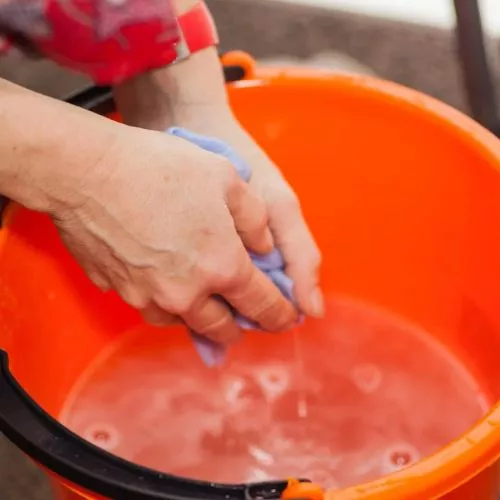
Here’s how to use warm water and dish soap:
- Prepare the solution: Fill a bucket or basin with warm water, enough to dip a cloth or sponge. Add a few drops of mild dish soap and stir well to create a soapy solution.
- Soak a soft cloth or sponge: Dip a soft, lint-free cloth or non-abrasive sponge into the mixture, ensuring it’s saturated. Wring out the excess water to avoid dripping onto other surfaces.
- Clean the paint-stained area: Gently scrub the affected part of the vinyl window with the wet cloth or sponge in a circular motion. Be patient and avoid applying excessive pressure to prevent scratching the surface. For areas with thicker paint, you can gently press the soapy cloth against the paint and hold it for a few minutes to help soften the paint before scrubbing.
- Check your progress: Periodically assess your progress and, if necessary, adjust your approach. You may need to apply more pressure on stubborn spots, use a brush with soft bristles for crevices, or refresh your cleaning cloth with more soapy water.
- Rinse and dry: After successfully removing all paint using this method, rinse the cleaned area thoroughly with clean water to remove any soapy residue. Use a soft, clean cloth to gently dry the surface and avoid any water spots or streaks.
Warm water and soap is an excellent option for safely tackling mild to moderate paint stains on your vinyl windows without the need for harsh chemicals or potentially damaging tools.
How do you get dried paint off vinyl windows?
Dried paint on vinyl windows can be a challenge to remove, but with patience and the right techniques, you can efficiently clean the surface without causing damage. Here’s a detailed guide on how to tackle dried paint on vinyl windows:
- Choose the appropriate method: Depending on the severity and age of the dried paint, you can select any of the following methods: warm soapy water, plastic putty knife, cleaning eraser, acetone, or commercial paint remover. For mild to moderate dried paint stains, start with warm soapy water and escalate to using other methods if needed.
- Test the chosen method in an inconspicuous area: Before applying any cleaning solution or tool, it is essential to test the product or method in a small, non-visible part of the window to avoid any potential damage.
- Apply the chosen method to loosen the dried paint: After confirming that the method is safe to use, gently apply it to the affected area in a controlled manner. Remember to follow the specific instructions for using each method and always exercise patience and caution.
- Remove the loosened paint and evaluate the progress: Once the dried paint is loosened, carefully remove it using a suitable tool, such as a plastic putty knife or a clean cloth, depending on the method employed. Keep monitoring your progress and repeating the process as necessary.
- Clean and rinse the treated area: After successfully removing the dried paint, thoroughly clean and rinse the treated area with warm water to remove any cleaning solution residue. Gently dry the surface with a clean cloth to avoid streaks or water spots.
- Assess the final result: Evaluate the window after cleaning and drying. If there are visible paint remnants, consider switching to another appropriate method and repeating the process carefully.
How do you remove exterior paint from vinyl windows?
Removing exterior paint from vinyl windows often requires a combination of methods due to exposure to the elements and variations in stain severity.
Here is a detailed guide for cleaning exterior paint from vinyl windows:
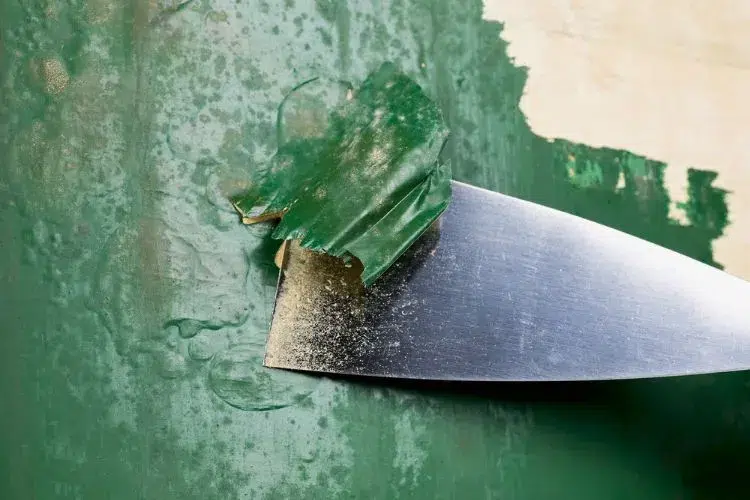
- Preparation: Start by gathering the necessary cleaning materials: warm soapy water, plastic putty knife, cleaning eraser, acetone-based nail polish remover, or commercial paint remover. Assess the paint-stained areas and identify the most suitable method(s) to employ.
- Test the chosen method: Utilize the test spot technique in an inconspicuous area to ensure there is no discoloration or damage as a result of the chosen method(s).
- Remove loose paint flakes: Before applying any cleaning technique, visually check the stained area and gently brush off or remove any loose paint flakes using a dry soft brush or cloth.
- Clean the stained area: Apply the chosen method based on the severity of the paint stain and, if needed, use a combination of methods. Employ careful, controlled movements during cleaning to avoid causing damage. Refer to the specific instructions provided for each method.
- Monitor progress and adjust as needed: As you tackle exterior paint on vinyl windows, it’s essential to continually assess your progress and, if required, adjust your approach. If one method proves ineffective, cautiously try another suitable method based on the specific needs of your window.
- Rinse and dry the treated area: Ensure that the treated area is cleaned thoroughly with warm water to eliminate any residual detergent or cleaning solution. Lastly, gently dry the cleaned surface with a clean cloth to avoid streaks or water spots.
Follow these detailed guides to effectively remove dried paint and exterior paint from your vinyl windows, ensuring a clean and damage-free surface.
frequently asked questions (FAQs)
What paint remover is approved for vinyl?
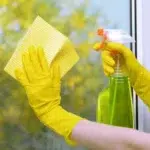
Most commercial paint removers can potentially damage vinyl. However, safe-for-vinyl formulas are available in reputable specialty stores, both physical and online. Look out for “safe for vinyl” or “vinyl-approved” labels on product packaging. Always adhere to the manufacturer’s instructions and conduct a small patch test first to prevent any unforeseen damage.
What removes dried paint from vinyl?
Warm soapy water is the simplest method to remove dried paint from vinyl. For more stubborn stains, a plastic scraper or a magic eraser may also be effective. In severe cases, acetone-based nail polish removers or commercial cleaning solutions specifically approved for vinyl can be used.
Will paint stay on vinyl windows?
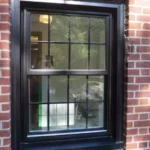
If paint accidentally comes into contact with your vinyl windows during a project, the paint will initially adhere to the surface. However, vinyl isn’t intended to hold paint, and over time, it will start to chip and peel. For a permanent colour change, you should use vinyl-safe paint and primer.
Will acetone destroy vinyl?
Yes, acetone can damage vinyl surfaces if it is overused or left on for too long. Using a small amount and gently wiping it off shortly after can help minimise the risk. Always test a small, hidden area first to see how the vinyl reacts.
Does vinegar destroy vinyl?
No, vinegar is a safe, natural cleaning option for vinyl. When diluted appropriately with water (1 cup of vinegar to 1 gallon of water), it can help remove dirt and grime without damaging the surface. Nevertheless, it’s good practice to test on an inconspicuous area first.
Is mineral spirits safe on vinyl?

Mineral spirits can potentially harm vinyl. While it’s a solvent commonly used for removing paint and sticky residues, its harsh nature may lead to discolouration or even surface warping on vinyl. Always use cautiously and conduct a patch test in a hidden area first.
Does baking soda stain vinyl?
Baking soda doesn’t typically stain vinyl. It is a mild abrasive cleaner that can help remove stubborn stains without causing discolouration. Mix baking soda with water to form a paste and gently scrub the stained area. However, it’s always safe to conduct a small spot test first.
Conclusion:
removing paint from vinyl windows can be a simple task when performed correctly.
Depending on the severity of the paint stains, various methods such as warm soapy water, use of a plastic scraper, a magic eraser, or acetone-based solutions can offer great results.
In tougher situations, specific commercial paint removers are an efficient solution.
Regardless of the method, it’s always crucial to test the chosen method on a small hidden area first to avoid damaging your windows. With patience and the right approach, your vinyl windows can be reinstated to their pristine, paint-free state.




